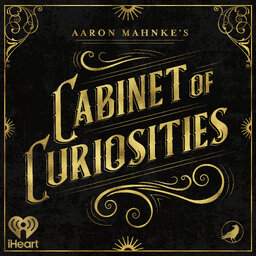Burro Battle
Sometimes it takes a writer to get a curious tale in front of the public, as these two stories demonstrate for us today.
Pre-order the official Cabinet of Curiosities book by clicking here today, and get ready to enjoy some curious reading this November!
 Aaron Mahnke's Cabinet of Curiosities
Aaron Mahnke's Cabinet of Curiosities


